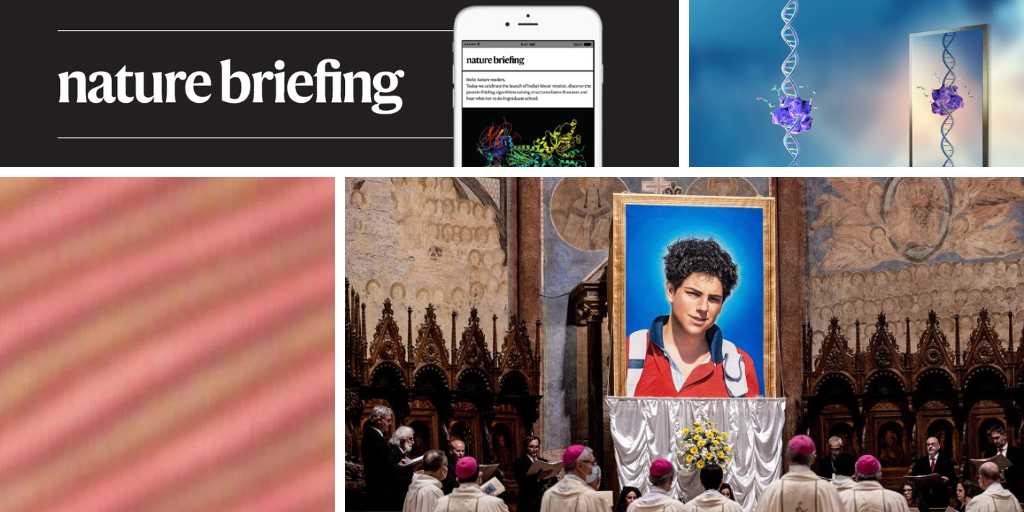#synthetic-biology
#synthetic-biology
[ follow ]
#biosecurity #mirror-life #chirality #biotechnology #e-coli #artificial-intelligence #bacteriophages #genetic-code
fromFuturism
3 months agoScientists Printed Viruses Designed by AI and They're Successfully Reproducing
Think of them like pesky little genomic robots that hijack our biology to replicate, since they don't generate their own energy and can't reproduce on their own. They aren't made of cells, and are driven by a ruthless set of programmed instructions to multiply at all costs. Since their genomes are pretty simple, they're easier to tinker with and less ambitious for a human or machine to recreate. Remember: a genome is the DNA in an organism, not just a few strands.
Science
fromTheregister
3 months agoDARPA eyes 'smart' blood cells for tougher troops
According to the program's stated goals, DARPA is looking to "engineer red blood cells to contain novel biological features that can safely and reliably modify human physiology." In the short term, DARPA wants these bio-engineered red blood cells to improve human performance (think faster recovery times, more resistance to lactic acid buildup that causes muscle soreness, improved cardiovascular fitness, and the like) and "enhanced hemostasis," i.e., better blood clotting.
Science
fromHarvard Gazette
5 months agoA step toward solving central mystery of life on Earth - Harvard Gazette
"This is the first time, as far as I know, that anybody has done anything like this - generate a structure that has the properties of life from something, which is completely homogeneous at the chemical level and devoid of any similarity to natural life."
Science
fromNature
6 months ago'Killswitch' protein lets scientists study immobilized cellular droplets
"This offers a powerful tool to selectively affect dynamic properties at each individual condensate," says Rick Young, a biologist at the Whitehead Institute for Biomedical Research in Cambridge, Massachusetts.
OMG science
[ Load more ]





